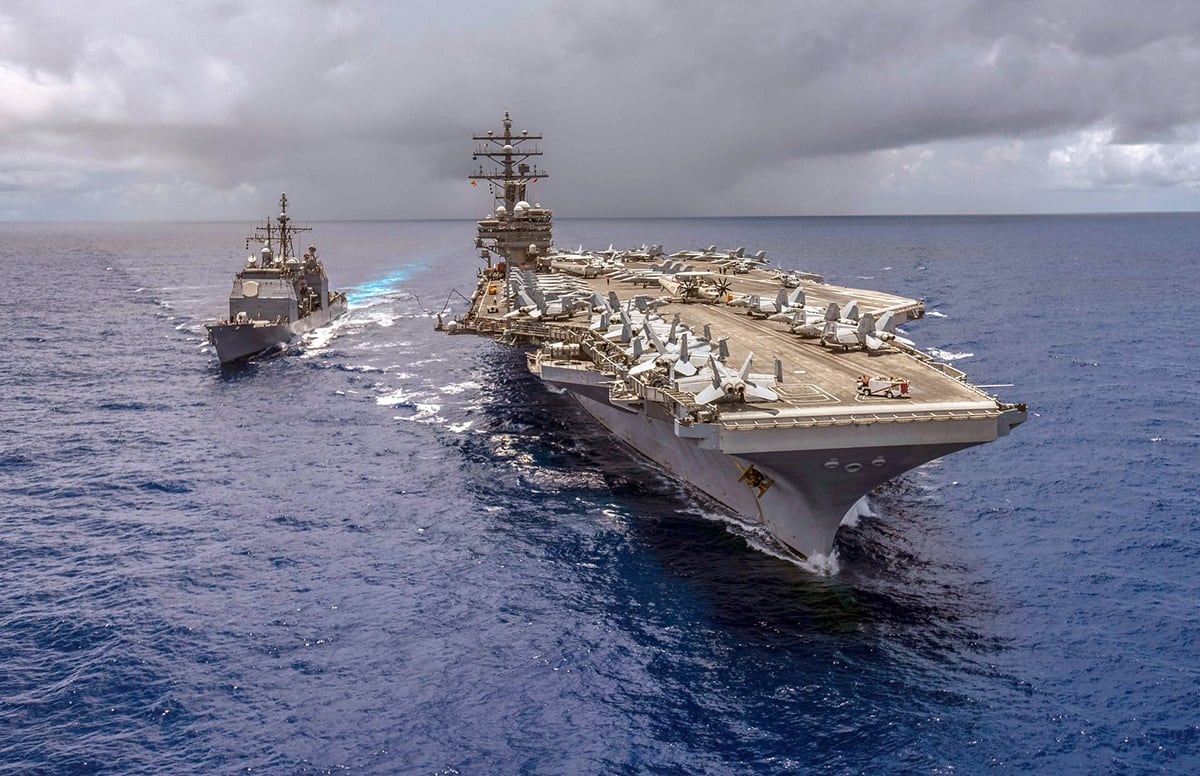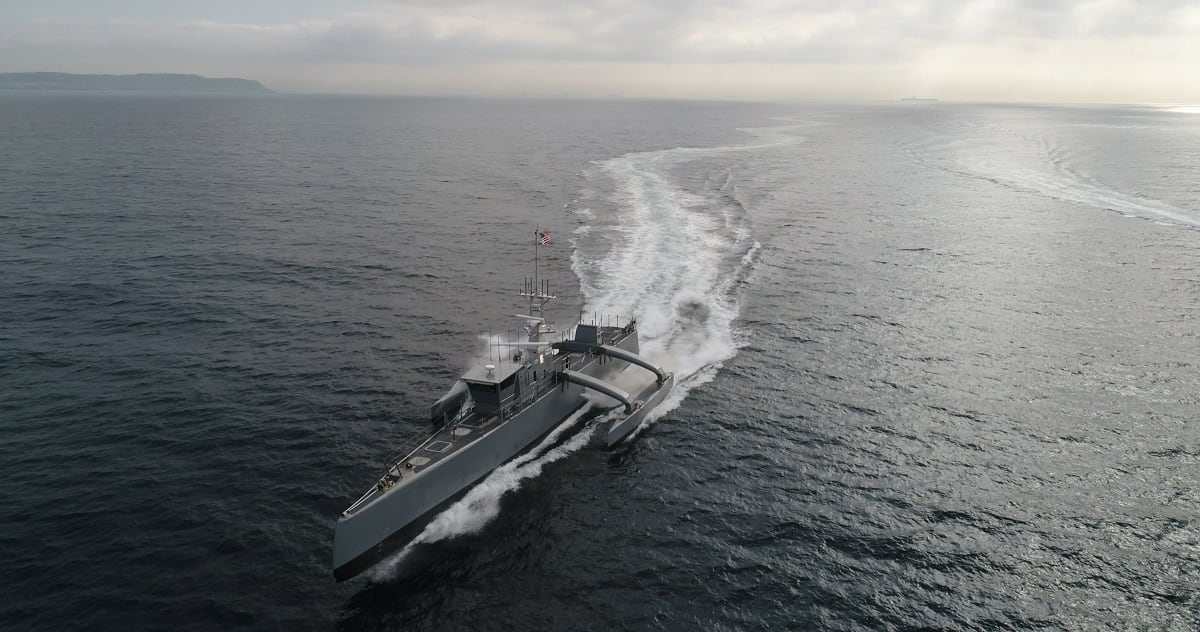WASHINGTON — The U.S. Navy’s interminable quest to design and field a next-generation large surface combatant is going back to the drawing board once again, a victim of the Pentagon’s disorganization around this year’s long-range shipbuilding plan, according to documents and a source familiar with the situation.
The Senate Armed Services Committee stripped $60.4 million dollars from the Navy’s proposed fiscal 2021 budget intended to be used for preliminary design work for the future large surface combatant, according to documents released by the committee. Instead, the money is being funneled into a land-based testing facility in Philadelphia that will work on the future combatant’s power system, which is the raison d'être for the envisioned class, a source familiar with the deliberations told Defense News.
The money for the large surface combatant design is one of the victims of the Pentagon’s inability to produce a 30-year shipbuilding plan, an annual requirement that is intended to give Congress an idea of where the Navy wants to steer its fleet, the source said, adding that the large surface combatant was not in the five-year future years defense program which is submitted with the president’s budget.
The 30-year shipbuilding plan has been held up this year by the Office of the Secretary of Defense as the Pentagon struggles to come up with a fleet that more closely integrates the Navy and Marine Corps for the Pacific theater and incorporates a significant fleet of unmanned surface and subsurface systems.
It’s the latest setback in the effort to field next-generation surface combatants, which has seen more than 20 years of false starts and setbacks.
The Navy initially intended to field a fleet of 21st century cruisers and destroyers to replace the current Arleigh Burk-class DDGs and Ticonderoga-class cruisers. But the DDG-1000 program was truncated to just three hulls, and the so-called CG(X) cruiser was cancelled in 2010 at the beginning of the Obama Administration.
Given the long lead times for new ship development, as much as a decade or more, the situation is becoming increasingly urgent for the U.S. Navy. Many of the cruisers have reached their effective service lives and the oldest Arleigh Burke-class ships are closing on 30 years of age, but the Navy is not currently planning a class-wide service-life extension program.
For its next-generation large surface combatant, the Navy is looking to field a ship that uses the latest AEGIS combat system destined for its Flight III DDG, but with a hull and power system that has ample margin for integrating future systems such as lasers and rail guns, and with missile magazines able to haul larger hypersonic strike missiles.
RELATED

But according to the SASC, the Navy is way too early in the process to justify funding for design, especially when Congress doesn’t know what the Navy’s plans are for fielding it and when.
“The committee lacks sufficient clarity on the Large Surface Combatant (LSC) capability requirements… to support the start of preliminary design for the LSC program or completion of the Capabilities Development Document,” according to a document released by the committee.
The document also shows the SASC directing $75 million toward the Integrated Power and Energy Systems test facility in Philadelphia, known as the ITF, which a source said is where the heavy work of fielding a power system with plenty of margin for future weapons would be performed. That facility should be up and running by 2023, according to the documents.
The FY21 NDAA is currently working its way through Congress and is not yet in its final form, meaning funding for large surface combatant design work could still be reinstated at some point in the process.
Subsystem Development
Congress has been increasingly agitated by the Navy’s design-on-the-fly approach to fielding new capabilities, such as the littoral combat ship’s mission modules or several of the key technologies that have been holding up the lead Ford-class carrier.
In the view of lawmakers, the delays could be mitigated by taking a more cautious approach to developing new classes of systems, by maturing technologies ahead of launching into construction. For example, if the Advanced Weapons Elevators on Ford had been developed before the start of construction, there would not be a months-long delay in getting the carrier ready for deployment because the system would work before it was installed.
To that end, Congress has been inserting itself heavily into the development of unmanned surface vessels, restricting funding for procurement until the Navy can produce a reliable system.
In its markup of the 2021 NDAA, the House Seapower and Projection Forces Subcommittee called for restricting funding for procurement of any large unmanned surface vessels, or LUSV, until the Navy can certify it has worked out an appropriate hull and mechanical and electrical system, and that it can operate autonomously for 30 consecutive days.
RELATED

Furthermore, the Navy must demonstrate a reliable operating system and that any systems integrated into the platform — sonars, radars, etc. — are likewise functioning and reliable.
In short, the language would mean the Navy could not spend procurement dollars on a large unmanned surface vessel until it has a working model, and it may not try to develop those technologies on the fly.
The Defense Department has been championing a major shift away from large surface combatants, based on decisions by Defense Secretary Mark Esper that are in line with his in-house think tank, the Cost Assessment and Program Evaluation office. The Pentagon wants to focus on fielding more unmanned platforms with missile cells that can be more expendable in a fight and act as an external missile magazine for larger manned combatants with more exquisite sensors.
But Congress has repeatedly balked at the idea because the Navy has yet to produce a concept of operations or a coherent public strategy to back up the investment plan.
David B. Larter was the naval warfare reporter for Defense News.








